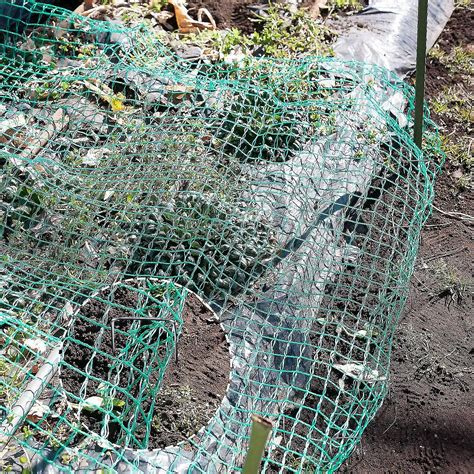Garden netting plays a crucial role in supporting and protecting climbing plants like peas, beans, and tomatoes. Bird netting, specifically sized at 2M/4M x 10M, often comes with essential accessories like cable ties and U-shaped pegs, ensuring a secure setup. This kind of netting is perfect for protecting plants in your garden, including fruit trees, vegetables, and strawberries. To enhance water retention for your plants, a mix of rich peat-free potting compost and loam-based compost is recommended.
Assembling a pea arch trellis frame involves laying pipes flat on the ground to form a U shape, using three pipes and two EMT elbows. This structure serves as a sturdy support for climbing plants. However, it’s important to consider the intertwining of plants like beans and peas, as they can become tangled towards the end of the season. Therefore, careful planning and arrangement of the netting are essential.

Diverse types of netting are available for gardeners, including Zivisk 2Pcs Pea Netting and TOSCOS Plant Support Netting. These products are designed for climbing plants and are made from materials like polyethylene and natural jute. Jute netting, in particular, is biodegradable and suitable for supporting a wide range of plants, from vegetables to long-stemmed flowers. It blends seamlessly into the garden, providing an aesthetically pleasing and environmentally friendly support option.
While netting can safeguard against pests like pigeons, it’s also important to be mindful of pests like pea moths. Netting varieties, such as insect netting, are designed to protect brassica family crops from insects and butterflies. Choosing the right netting, whether it be lightweight pea and bean netting or heavier-duty options for cucumbers and squashes, is crucial for plant health and productivity. Additionally, methods like using bamboo and willow tepees can offer an effective and natural support system for climbing plants.

